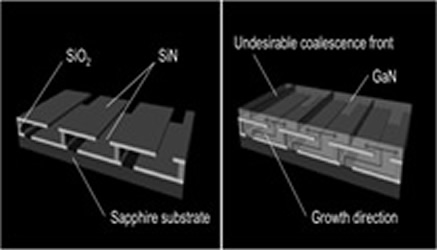Relationships between the projects
The Xie Research Group is interested in the biological applications of hybrid platform VPMB (van der Waals-expressed plasmon-enhanced molecule-scale bio-sensing platform). The hybrid platform is composed of a metal nano-structured SERS substrate superimposed of two-dimensional van der Waals materials. The metal nano-structured surface generates very high plasmonic enhancement factor to realize ultra-sensitive detection, while van der Waals materials offer the flexibility to modify surface to extend the application of the platform.
Typical platform well researched in Xie lab is the single layer graphene - gold nano-pillar array heterostructure. Such hybrid platform has three unique features compared with traditionally used nano-particle systems.
1) The chemically inert graphene surface protect the underneath metal surface from oxidation and degradation from commonly encountered chemical reactions, which could be refreshed for multiple use.
2) Graphene has Raman features that can be easily identified. Thus in SERS, graphene serves as a built-in hot spot marker to profile the EM field distribution of the underneath plasmonic substrate.
3) Graphene contributes to additional SERS enhancement factor of 10-100 of many bio-molecules due to chemical enhancement (CM) mechanism.
This platform is used for the single molecule detection of many bio-components such as dyes, protein and neurotransmitters, we can even detect the ‘fingerprint’ spectrum of cells, the basic biological units of living organism, like cancer cells and bacteria.

Bio-sensing

Nanotweezers
-
Surface plasmonic tweezer and electrostatic force can be employed as complementary methods for trapping and detecting molecules with high sensitivity and selectivity. The hot spots – the localized regions of highly concentrated electromagnetic (EM) fields with large gradient - give rise to both the plasmonic tweezer effect and the surface-enhanced Raman scattering (SERS) effect. So naturally the plasmonic tweezer combining SERS becomes an ideal label-free method for trapping and detecting molecules. Plasmonic tweezer provides a new approach for enhancing SERS sensitivity and offers a realistic possibility for precisely positional control of biomolecules which provides the chance for studying the properties of single biomolecules.
SE-CARS
Coherent anti-Stokes Raman spectroscopy (CARS) is a label-free method for cellular imaging relying on inherent electronic or vibrational resonances, which could provide natural chemical contrast of cellular biomolecules. CARS utilizes a nonlinear four-wave mixing process resulting in much higher sensitivity than spontaneous Raman. The sensitivity of CARS can be increased further by combining with an appropriately resonant plasmonic substrate. If the input or output frequencies in CARS are in resonance with the collective modes of the plasmonic nanostructure, the surface-enhanced CARS (SECARS) signal from molecules adsorbed onto the nanostructure will be further enhanced by the local fields of the excited plasmon modes. Recent efforts have been devoted towards developing broadband CARS setups that can measure an entire spectrum at once, allowing for direct comparison of the relative intensities and shifts of vibrations. Broadband SECARS spectroscopic imaging could provide more detailed information on the chemical composition of the sample with high spectral resolution and high temporal resolution.
Semiconductor Devices

